Researchers in South Korea are developing a constellation of satellites that could reveal what goes on in the vicinity of supermassive black holes like never before.
The constellation, dubbed Capella, is a brainchild of Seoul National University astronomy professor Sascha Trippe. An expert in black holes, Trippe has grown frustrated with the limitations of humanity's existing instruments for observing black holes and concerned that unless major technological advances are made, research may soon reach a "dead end."
When the first-ever image of a supermassive black hole — the one at the center of the Messier 87 galaxy some 55 million light-years away from Earth — was revealed to the world in 2019, it caused a sensation. It showed a glowing ring the shape of a donut, enclosing an eerie dark spot. It confirmed that black holes, these mind-boggling hotspots of gravity so potent that not even light can escape from them, indeed exist. In 2022, an image of the black hole at the center of our own galaxy, the Milky Way, followed. As captivating as the images were, for researchers like Trippe, they were nowhere near perfect.
These imperfections are a result of the limitations of the Event Horizon Telescope (EHT), a planet-wide network of radio telescopes that acts like a single planet-wide observatory thanks to a technique known as very long baseline interferometry.
"The problem is that at any given point in time, each pair of antennas [of EHT] only measures one point of the target image," Trippe told Space.com. "You end up with an image that is mostly empty and requires a lot of processing. For that reason, we miss a lot of structure, because features under a certain size simply cannot be imaged."
For example, astronomers know that a powerful jet of hot gas blasts from the Messier 87 black hole at the speed of light. This jet, however, cannot be seen in the famous 2019 image.
One way to improve the resolution of black hole images is to measure emissions of radio signals that have higher frequencies and thus shorter wavelengths. But that is impossible from the surface of our planet because water vapor present in Earth's atmosphere mostly absorbs this signal.
Radio telescopes on satellites would have an unobstructed view of this kind of radiation. They would also solve two additional problems. The Capella satellite constellation envisioned by Trippe and his colleagues would consist of four satellites orbiting at altitudes between 280 and 370 miles (450 and 600 kilometers).
No longer restricted by the perimeter of the planet, the orbiting radio-telescope network — through the interferometry technique — would have a larger diameter than the planet-wide EHT, therefore providing better image quality and better resolution. As the satellites move around the planet, circling it multiple times per day, their measurements leave no empty spots, unlike the sparse network of Earth-based EHT telescopes.
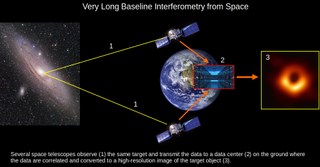
Trippe says the system would open a completely new window into the processes taking place in the vicinity of the black holes' event horizons, the boundaries from beyond which nothing escapes.
"We would really like to understand how the relativistic jets are formed from the gas accreted by the black hole," Trippe said. "But it requires observations in resolutions that are currently impossible and could only be handled by a space-based radio interferometer like the Capella constellation."
The orbiting black-hole watching system could image black holes in nearby galaxies at a much faster rate than the Earth-bound EHT and provide more accurate estimates of their masses. It would also help researchers understand the processes that take place inside the glowing rings that surround those black holes, according to Trippe.
Scientists have so far not attempted to place many radio telescopes into orbit. Due to the long wavelengths of the radio signals, the receiving antennas must be quite large and are therefore not easily launched into space or deployed. But with advances in technology, Trippe thinks a modest radio observatory could now fit into a 1100-pound (500-kilogram) satellite bus.
"Technology is just becoming available now so that we can actually build these systems sufficiently small and sufficiently cheap," said Trippe.
He envisions the whole system to cost no more than $500 million. South Korea's recently formed Korea Aerospace Administration has expressed interest in the project, Trippe said, and will decide next year about providing funding. If all goes well, scientists might be able to shed more light on the insatiable monsters at galactic centers as soon as early 2030s.
Trippe and his team presented the concept in paper published on arXiv.
.png)
 2 days ago
6
2 days ago
6
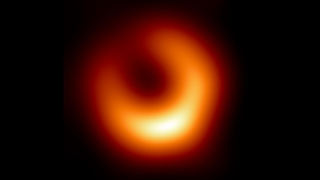
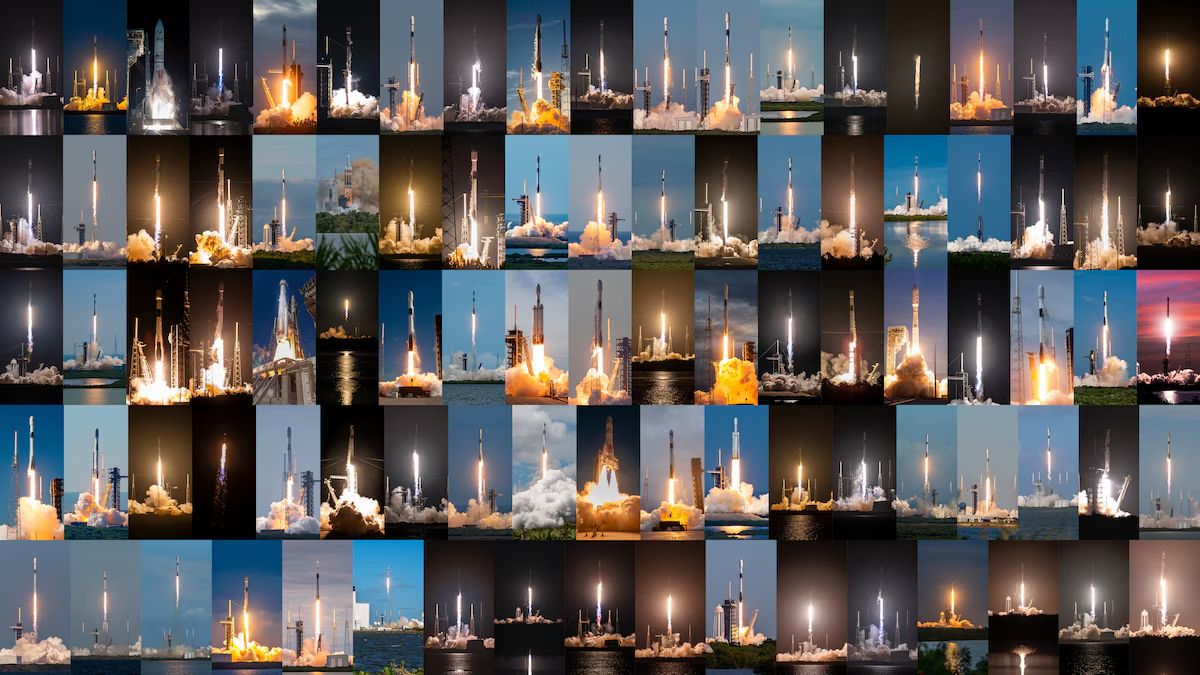
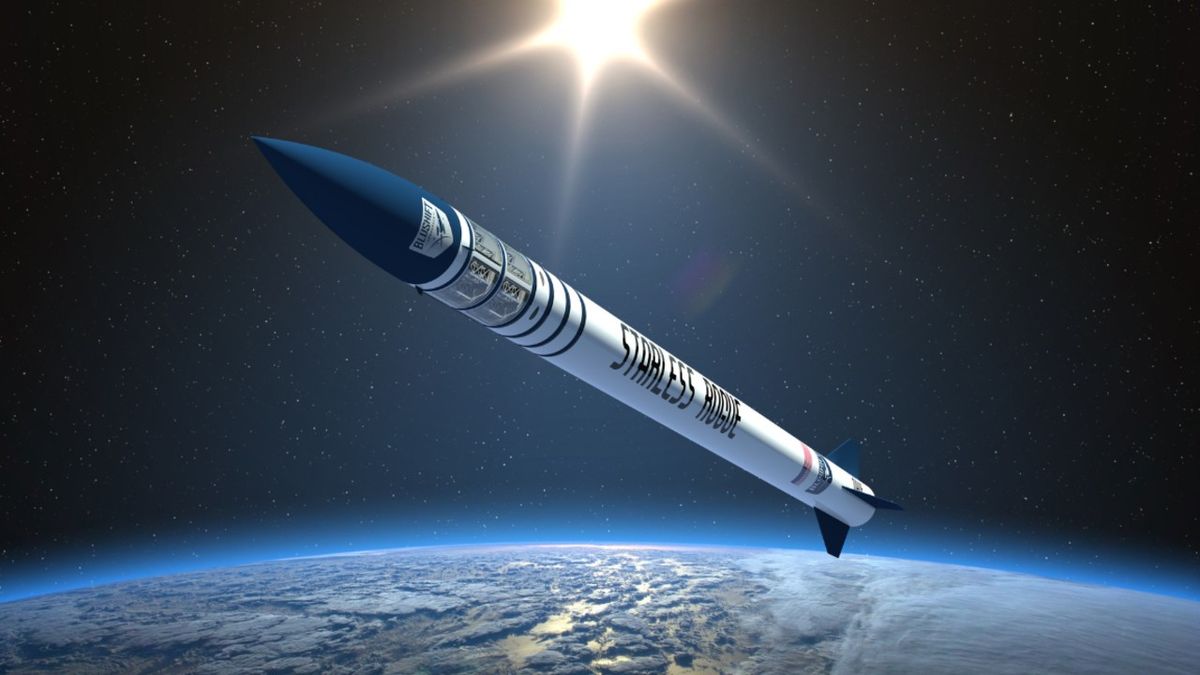
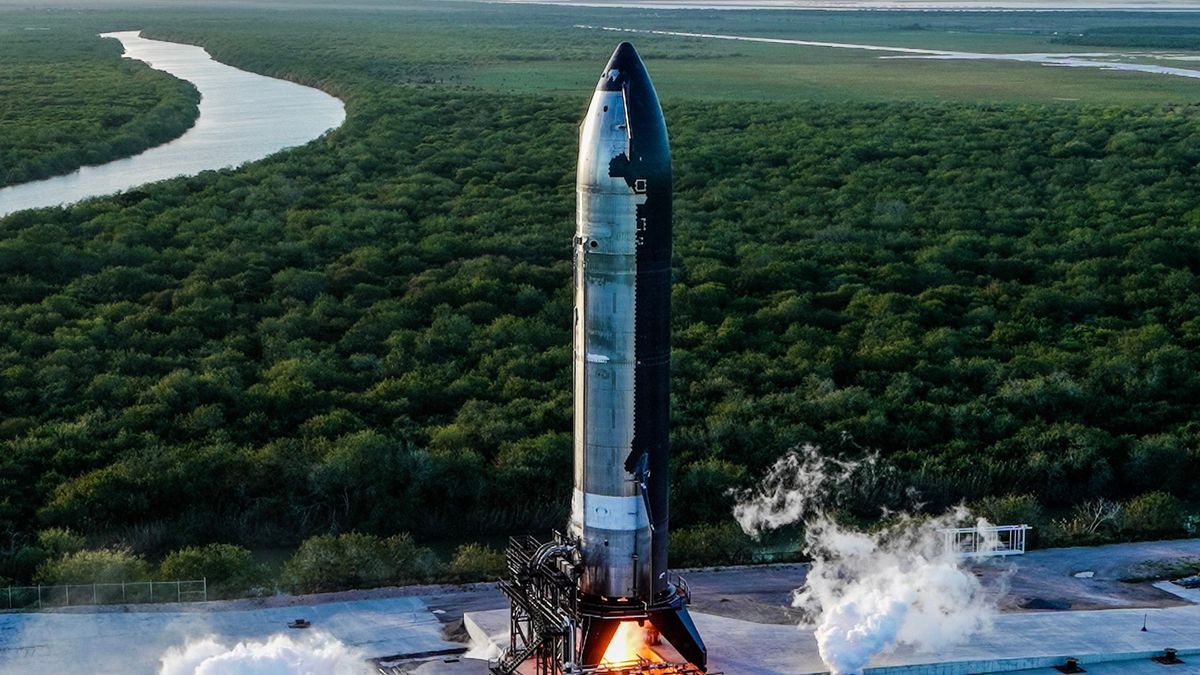
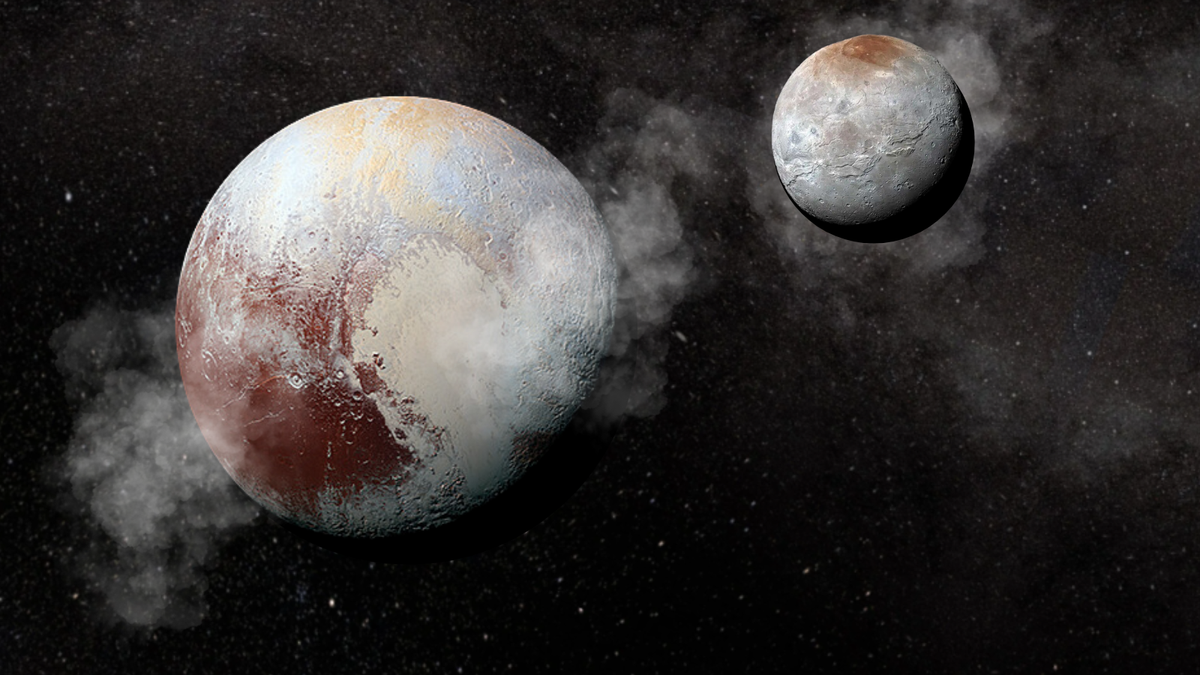




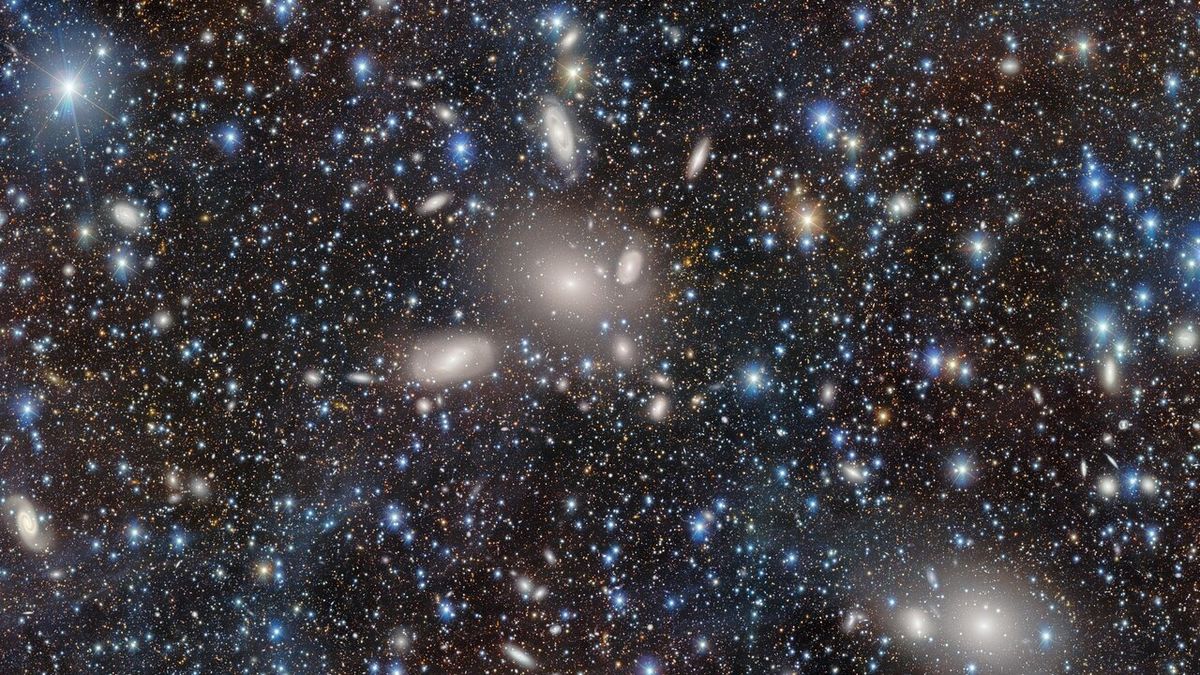
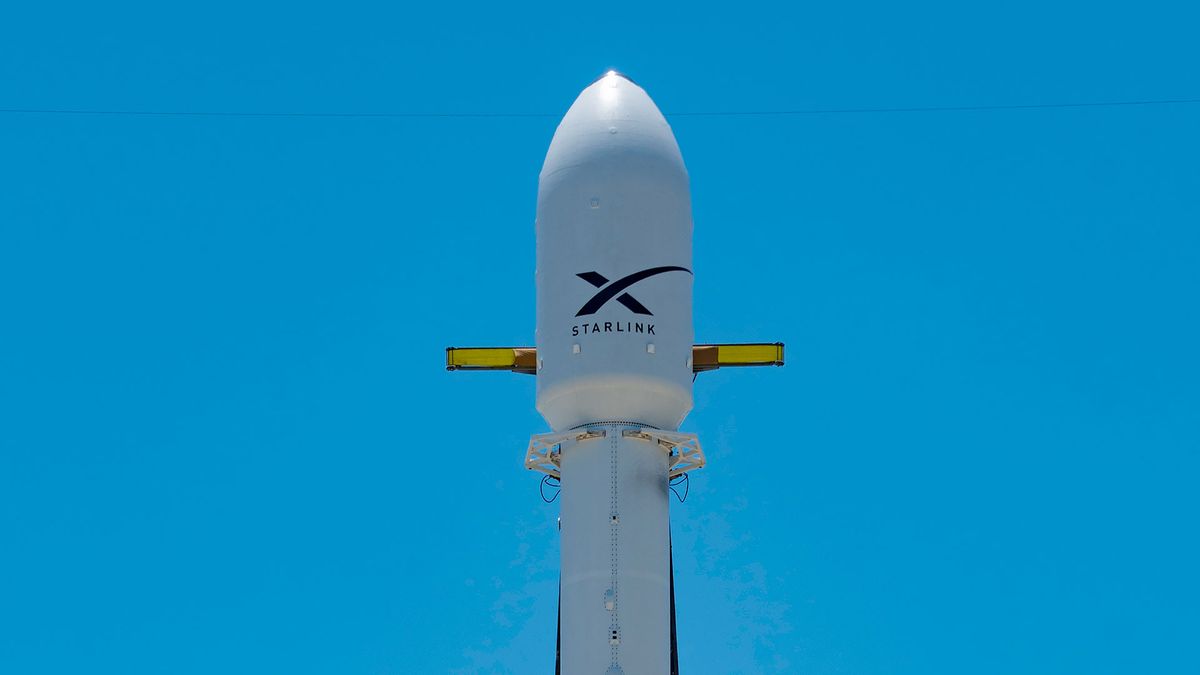

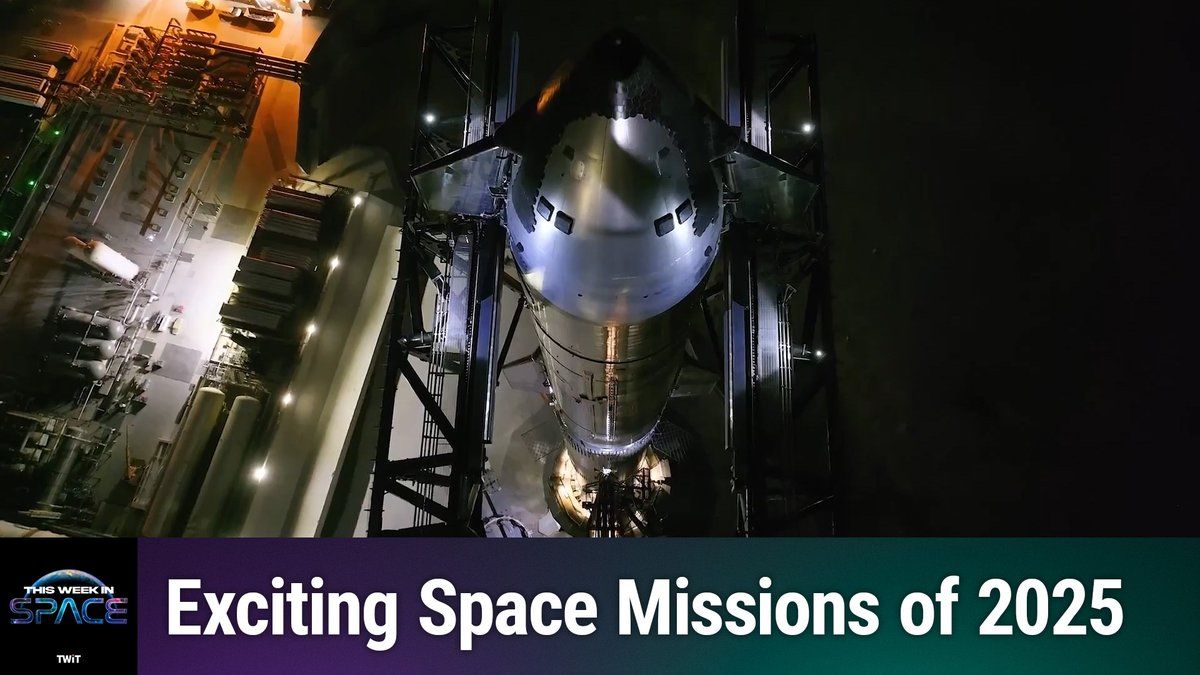






















 Bengali (BD) ·
Bengali (BD) ·  English (US) ·
English (US) ·